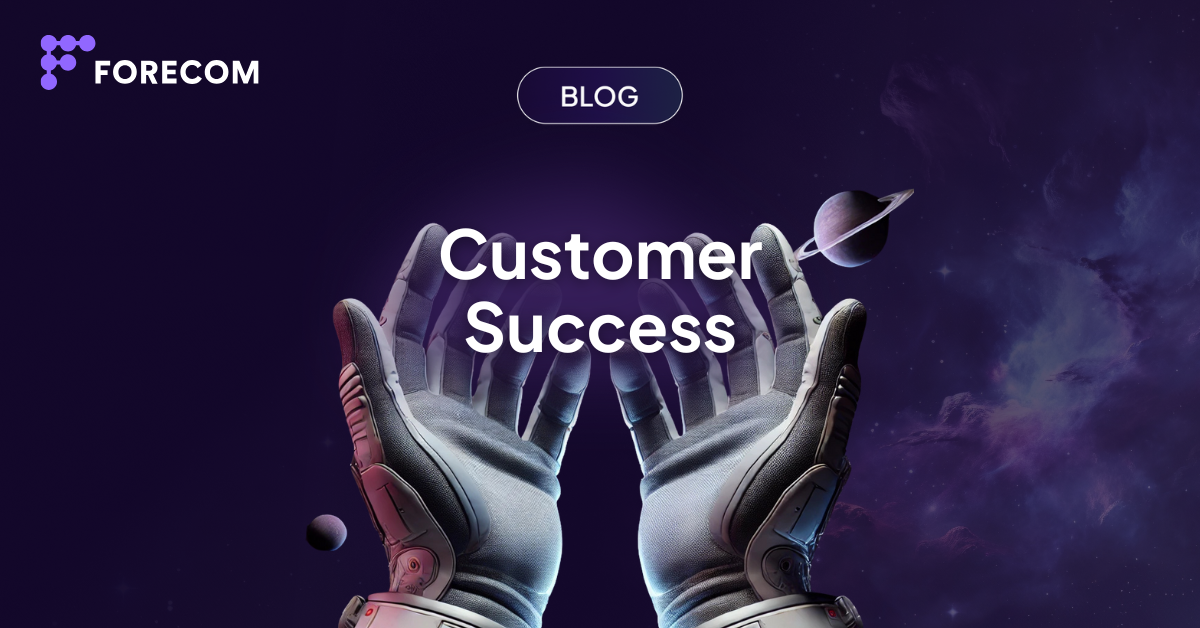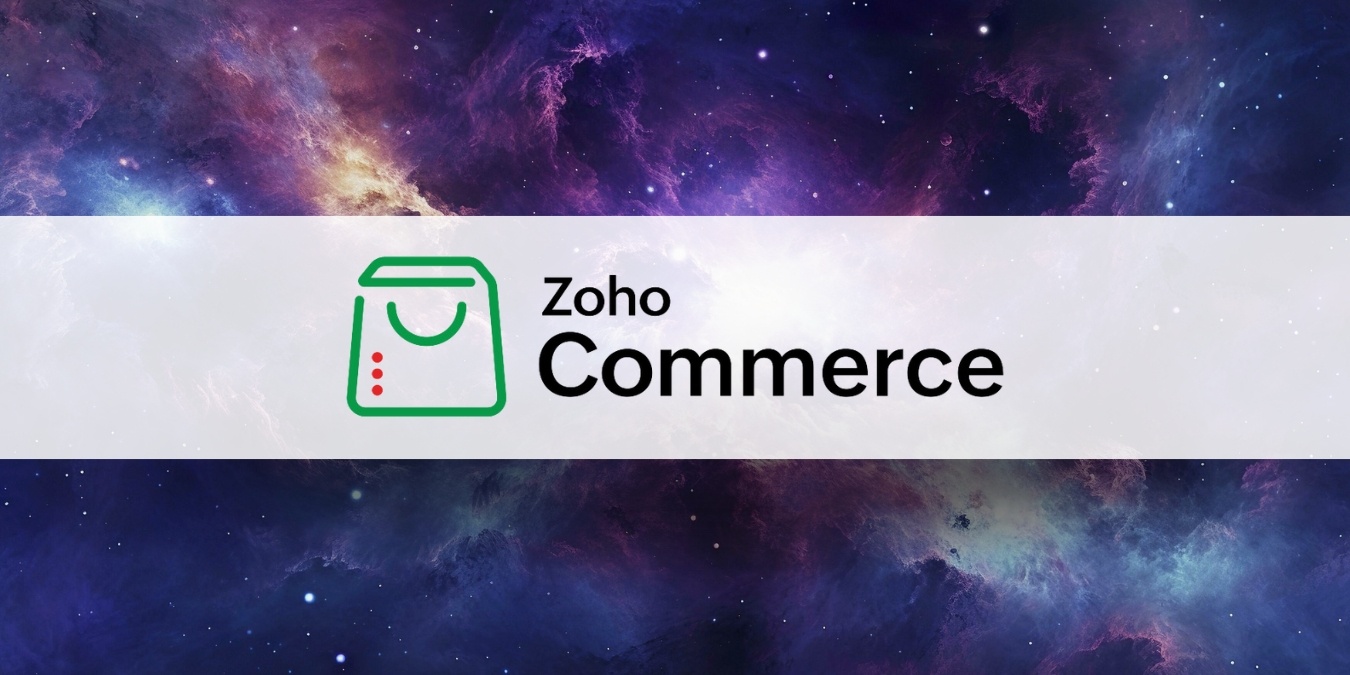Learn how B2B companies are using led growth to collaborate with partners, improve customer loyalty, and achieve sustainable business growth.
Table of Contents
Why B2B Companies Are Prioritizing Led Growth
How to Adapt Led Growth in Your Business
Where to Find the Right Partners
The Metrics That Matter in Led Growth
Introduction
Buyers don’t want to hear another cold pitch—they’re doing their own research, leaning on trusted recommendations, and comparing countless options before making a move. So how do you make sure your business doesn’t just get lost in the crowd?
That’s where led growth comes in. Imagine tapping into an ecosystem of partners who already have strong relationships with your target customers. Instead of cold calls or endless outreach, you get warm introductions, shared data, and joint campaigns that make your sales and marketing more effective.
Led Growth is about creating a strategy that scales with you, building deeper relationships with customers, and making your product an integral part of their success.
What is Led Growth?
Led Growth is a strategy built on the power of collaboration. Instead of trying to grow your business through isolated practices like cold outreach or standalone campaigns, Led Growth focuses on leveraging partnerships and ecosystems to drive growth. By working with trusted partners, you can expand your reach, increase efficiency, and provide more value to your customers.
There are two main types of Led Growth:
-
Ecosystem-Led Growth: This approach creates a connected network of partners, tools, and integrations that complement your product or service. It’s about making your offering indispensable by ensuring it fits seamlessly into the workflows and systems your customers already rely on.
-
Partner-Led Growth: This method focuses on building relationships with specific partners, like resellers or referral networks, to introduce your business to new audiences. It’s a way to build trust and credibility by association, opening doors to markets that might otherwise be hard to access.
At its core, led growth is about creating shared value. By collaborating with partners who serve the same audience, you can achieve results that would be more challenging to accomplish independently.
This approach allows you to scale your business faster and build deeper connections with the target market. It aligns perfectly with the way today’s customers prefer to make decisions—based on trusted recommendations.
Why B2B Companies Are Prioritizing Led Growth
B2B companies are shifting their focus to led growth as a way to address key challenges and seize new opportunities, here’s why this approach is gaining traction.
1. Adapting to Modern Buyer Behavior
Modern buyers want solutions that feel like they were designed just for them. By working with partners who already understand your target audience, you can tailor your product or service to fit seamlessly into their needs.
2. Expanding Market Opportunities
Breaking into a new market can be complex and time-consuming. With led growth, businesses collaborate with partners who already know the landscape, making it easier to connect with the right customers and understand their needs.
3. Driving Cross-Team Alignment
Led growth brings teams together. Insights from partners can help sales, marketing, and product teams stay aligned. This means your messaging hits the right audience, your product evolves based on real needs, and everyone is on the same page.
4. Customers Stick Around Longer
When your product works seamlessly with the tools your customers already use, it adds more value. Led growth ensures businesses can offer these kinds of integrations, which improves customer satisfaction and loyalty.
5. Results Are Tangible
Led growth isn’t just about theory—it delivers measurable results. Companies adopting this strategy see shorter sales cycles, higher customer retention, and improved revenue. It’s a clear way to track progress and know what’s working.
How to Adapt Led Growth in Your Business
Led growth works best when you take a clear, practical approach to make partnerships a natural part of how your business operates. The goal is to align with the right partners, involve your team, and focus on creating real value for your customers.
Start by finding partners that make sense for your business. These could be companies targeting a similar audience or offering tools that work well with your product. The best partnerships feel seamless and mutually beneficial, helping both of you deliver more to your customers.
Once you’ve chosen your partners, agree on what success looks like. Whether it’s generating leads, improving customer retention, or reaching new markets, make sure everyone understands their role and how you’ll measure results.
Where to Find the Right Partners
Finding the right partners for led growth doesn’t have to be complicated. Here are a few practical ways to start:
-
Attend Industry Events: Look for trade shows, business expos, or networking events where companies in your field gather. These events are perfect for making new connections and discussing potential collaborations.
-
Explore Online Communities: Join relevant online groups, forums, or professional networks. Platforms like LinkedIn or niche Slack communities can connect you with businesses looking for similar opportunities.
-
Review Your Customers’ Tools: Pay attention to the tools or services your customers already use and trust. These companies can make excellent partners for integrations or co-marketing campaigns.
-
Leverage Existing Networks: Ask for introductions through mutual contacts, current clients, or business associates who might know companies that align with your goals.
-
Local Business Groups: Participate in regional business networks or entrepreneurial meetups. These groups are often full of businesses looking for collaboration opportunities.
By focusing on these channels, you’ll have a better chance of finding partners that align with your goals and create valuable opportunities for growth.
The Metrics That Matter in Led Growth
Measuring the right metrics is essential to understanding the success of your led growth strategy. These metrics provide clarity on performance and help fine-tune efforts to maximize results. Here’s what to focus on:
Time-to-Value (TTV) ⏱️
Track how quickly new customers benefit from your product or service. Faster TTV often leads to higher satisfaction and lower churn. Partnerships can help by integrating tools or offering co-onboarding processes that simplify the user journey.
Partner-Influenced Revenue 💰
This metric shows the revenue generated with partner involvement, such as referrals, co-selling, or joint campaigns. It’s a direct indicator of how much partnerships contribute to overall growth.
Customer Retention and Churn 🔄
Evaluate how partnerships impact customer loyalty. Compare churn rates between customers who utilize partner integrations and those who don’t to assess the effectiveness of these collaborations.
Integration Adoption 💡
Monitor how many customers actively use integrations developed with partners. High adoption rates indicate the value of these partnerships and their relevance to customer needs.
Sales Cycle Length 📉
Measure the time it takes to close deals when partners are involved. Warm introductions and joint efforts often result in shorter sales cycles compared to traditional approaches.
Customer Lifetime Value (CLV) 💎
Calculate the total revenue generated by a customer over time. When partnerships enhance the customer experience, CLV often increases, as customers see greater value in your product.
Ecosystem Qualified Leads (EQLs) 🌱
Track the leads generated through your partner ecosystem. These leads are often more qualified and likely to convert due to the added trust and relevance provided by partnerships.
Partner Engagement 🤝
Gauge how actively partners participate in your initiatives, such as co-marketing efforts, data sharing, or co-selling. Higher engagement levels typically lead to better outcomes.
Expansion Revenue 📈
Analyze revenue growth from existing customers through upsells or cross-sells enabled by partnerships. Collaborations often unlock opportunities for deeper customer relationships.
Conclusion
Led growth is all about building meaningful partnerships that genuinely enhance your product and bring real value to your customers. By working with the right partners, setting clear goals, and embedding these collaborations into your processes, you can expand into new markets, strengthen customer loyalty, and achieve measurable growth.
If you’re ready to adopt led growth and make it a core part of your business, we’re here to help. From identifying ideal partners to creating strategies that deliver results, our services are tailored to meet your needs. Get in touch with us to explore how we can help grow your business through effective partnerships.
FAQ
1. What is led growth?
Led growth is a strategy that focuses on building partnerships to drive customer acquisition, retention, and market expansion. It involves working with partners to create integrations, run joint campaigns, and enhance customer experiences.
2. How does led growth benefit businesses?
Led growth helps businesses by expanding their reach, improving customer retention, and shortening sales cycles. It also reduces costs by leveraging partner networks and creating value-added integrations.
3. What kind of businesses can benefit from led growth?
Led growth is particularly effective for B2B companies, especially those in SaaS and tech industries. However, any business that relies on collaboration, integrations, or expanding into niche markets can benefit from this approach.
4. How is led growth different from other strategies like product-led growth?
While product-led growth focuses on the product as the main driver of acquisition and retention, led growth emphasizes partnerships to achieve similar goals. Led growth leverages external collaborations to expand reach and deliver value.
5. What metrics should be tracked in led growth?
Important metrics include partner-influenced revenue, customer retention rates, integration adoption, and sales cycle length. These metrics help businesses assess the impact of their partnerships and refine their strategies.
Topics: B2B Marketing Lead generation

















